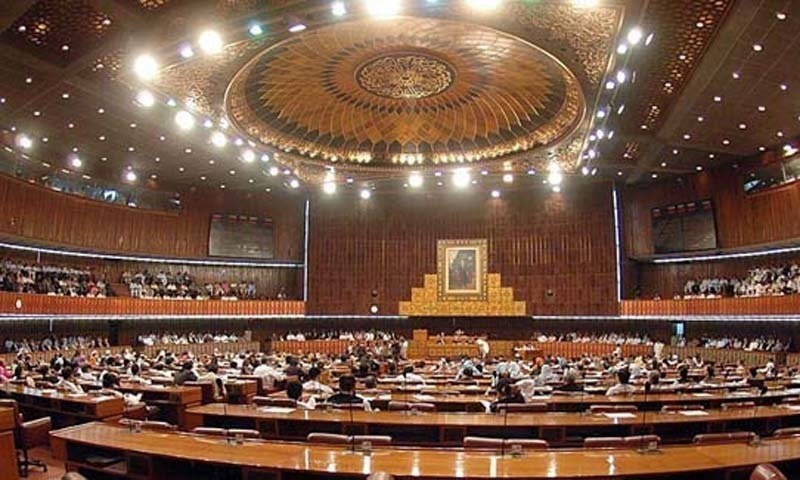Zafar Iqbal
The correlation between population and unemployment is a complex and multi-faceted issue with far-reaching implications. As a country’s population grows, it can exert significant pressure on the labor market, potentially impacting the unemployment rate in several ways.
First and foremost, a rapidly growing population can lead to a surge in the number of individuals entering the workforce each year. This influx of new entrants can outpace the economy’s capacity to generate an adequate number of jobs, thereby contributing to higher levels of unemployment. As the demand for jobs exceeds the available opportunities, job seekers, particularly young adults, may struggle to find suitable employment, leading to increased unemployment rates, particularly in the youngest age groups.
Moreover, a high population growth rate can lead to a strain on resources and infrastructure, which can further compound the issue of unemployment. Inadequate access to quality education, healthcare, and other essential services due to a rapidly growing population can result in a workforce that is not fully equipped with the necessary skills and health to actively participate and contribute to the economy. This, in turn, can lead to higher levels of unemployment and underemployment.
Another significant impact of population growth on unemployment relates to the economic burden associated with providing for a larger population. Increased population numbers can lead to greater fiscal pressure on the government and a higher demand for social services, potentially diverting resources away from job creation and economic development initiatives. As a result, the mismatch between population growth and economic resources can exacerbate unemployment issues within a country.
Furthermore, high birth rates can lead to intergenerational cycles of poverty and unemployment. In many cases, children from large families may face challenges in accessing education and essential resources, which can limit their future prospects for gainful employment. This perpetuates a cycle of poverty and unemployment that can be difficult to break without targeted interventions to address the root causes of high population growth.
Hence, the correlation between population and unemployment underscores the importance of considering demographic trends and their potential impact on the labor market. Addressing high population growth rates should be a key consideration for policymakers aiming to alleviate unemployment and foster sustainable economic growth. By recognizing the interconnected nature of population dynamics and labor market outcomes, countries can develop more effective strategies to promote job creation and address unemployment challenges.
The unemployment rate in Pakistan, currently standing at 6.3 percent according to the Economic Survey 2023-24, is a matter of grave concern. One of the crucial yet often overlooked factors contributing to this issue is the country’s very high birth rate, which is [insert specific birth rate data here]. As the population continues to grow at a rapid pace in one of the world’s most populous countries, the slowing economy is exacerbating the problem of joblessness. Hence, efforts to create more jobs must also encompass measures to curtail the birth rate.
The current population growth rate has a direct and indirect impact on employment. Firstly, the surge in the number of people entering the job market annually far exceeds the market’s capacity to accommodate them. Secondly, the high birth rate results in inadequate care for many children, leading to alarming rates of stunted and malnourished births. This hampers their physical and mental development, limiting their potential gains from education and relegating them to the fringes of an already competitive job market. Furthermore, the high birth rate also [insert specific economic impact of high birth rates here], which further exacerbates the unemployment problem.
The Labour Force Survey (LFS) 2020-21, the most recent source of employment statistics due to the Pakistan Bureau of Statistics’ engagement in the 7th Population and Housing Census in 2022-23, reveals a shifting trend in employment patterns. Technological transformation has led to a significant shift in employment from agriculture to industry and services. The services sector, in particular, has emerged as the largest growing sector of the economy with 37.2 percent labor force participation.
Despite these shifts, the distressing patterns persist. Unemployment remains highest in the youngest age group (ages 15-24) at 11.1 percent, followed by the 25-34 age group at 7.3 percent, with higher rates among females than males. This demographic imbalance has transformed the youth bulge from a demographic dividend into a demographic disaster, underscoring the gravity of the situation.
Moreover, if under-employment was factored in, the employment situation would appear even bleaker. Many individuals, especially from the middle and lower income classes, are compelled to work multiple odd jobs due to the financial downturn and resulting spike in unemployment.
Given the economic constraints and the demands of the IMF program, Pakistan is projected to remain locked in a low-growth band for the foreseeable future unless significant structural adjustments are implemented to unlock bailout loan tranches. It is imperative for policymakers to address the high birth rate as a means to alleviate unnecessary pressure on the labor market. However, the issue of controlling the birth rate often receives inadequate attention at the policy-making level, despite its potential to significantly impact the country’s economic landscape. Recognizing this potential can bring hope for a brighter future.















